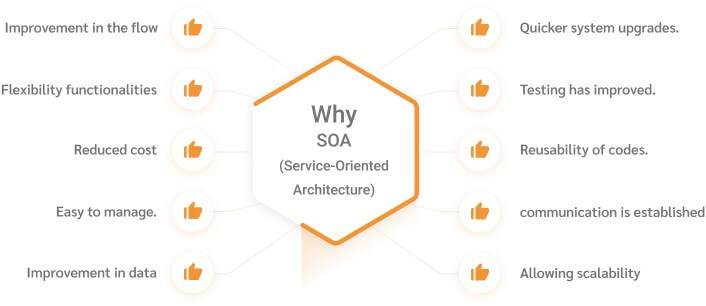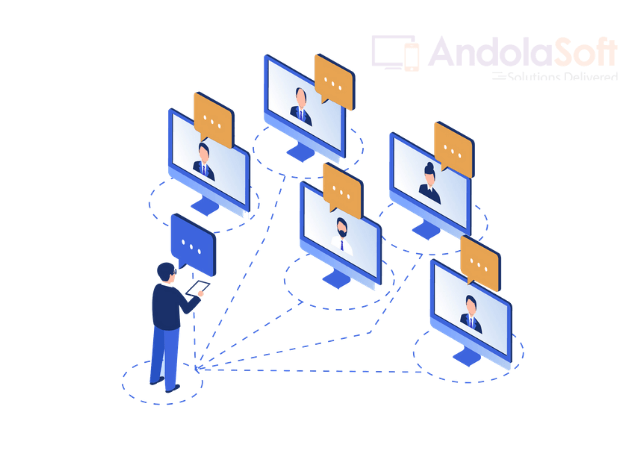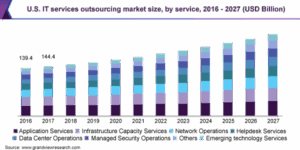Mobile apps usage has been rising since the past 10 years and since then it has significantly impacted the business world. For example, hybrid mobile app development has become the common approach among businesses today.
Earlier, mobile app developers had limited options. However, due to the growing demand for multifarious mobile operating systems, hybrid app development technologies have become more desirable such-as Ionic, Flutter and React Native.
These technologies have significantly reduced the development time and are offering better opportunities for building hybrid mobile apps that have native like performance.
In this blog, we will discuss the pros and cons of using hybrid technologies for mobile application development.
What is Hybrid Mobile App Development
Hybrid mobile app development is a software development approach that combines elements of both native and web applications.
Unlike native apps, which are specifically designed for a particular platform (such as iOS or Android), hybrid apps leverage web technologies like HTML, CSS, and JavaScript to create a single codebase that can run on multiple platforms.
These apps are essentially web applications packaged within a native container, allowing them to access device features through plugins.
The key advantage of hybrid development lies in its ability to achieve cross-platform compatibility, enabling businesses to reach a broader audience while maintaining cost efficiency and a streamlined development process.
Hybrid mobile apps strive to offer a balance between the performance of native apps and the flexibility of web development, making them a popular choice for projects seeking a cost-effective and scalable solution.
Pros of Hybrid Mobile App Development:
-
Cross-Platform Compatibility:
- One of the most significant advantages of hybrid apps is their ability to run on multiple platforms, such as iOS, Android, and even the web.
- This cross-platform compatibility ensures a broader reach and potentially reduces development time and costs.
-
Cost-Effectiveness:
- Developing a single codebase for multiple platforms inherently leads to cost savings.
- Maintenance and updates are streamlined, requiring changes to be implemented only once for all supported platforms.
-
Faster Development Time:
- Hybrid apps leverage web technologies, allowing developers to write code once and deploy it across platforms.
- This results in faster development cycles, ideal for businesses looking to get their products to market swiftly.
-
Unified User Experience:
- Maintaining a consistent user experience across different platforms becomes more manageable with hybrid apps.
- Users can expect a similar look and feel, contributing to brand coherence.
-
Easy Integration of Web Technologies:
- Hybrid apps can seamlessly integrate web technologies such as HTML, CSS, and JavaScript.
- This allows developers to leverage existing web development skills and libraries.
Cons of Hybrid Mobile App Development:
-
Performance Limitations:
- While hybrid apps have made significant strides in performance, they may not match the speed and responsiveness of native applications, especially for resource-intensive tasks or graphics-heavy interfaces.
-
Limited Access to Device Features:
- Hybrid apps may face restrictions in accessing certain device features and APIs.
- Native applications often have a more direct route to utilize the latest hardware functionalities.
-
Dependency on Third-Party Frameworks:
- Hybrid development often relies on third-party frameworks like Cordova or PhoneGap.
- Depending on these frameworks can introduce challenges when it comes to updates, compatibility, and potential security concerns.
-
User Interface Challenges:
- Achieving a truly native look and feel can be challenging with hybrid apps.
- Custom UI elements and animations may not integrate seamlessly with the platform’s design standards.
-
App Store Approval Process:
- Submitting hybrid apps to app stores might encounter more scrutiny during the approval process.
- Meeting the stringent requirements of both iOS and Android platforms can be more complex.
Conclusion:
In the field of mobile app development, choosing the right approach depends on various factors, including project requirements, budget constraints, and long-term goals.
Hybrid mobile app development offers a compelling solution, striking a balance between cross-platform functionality and development efficiency.
By carefully weighing the pros and cons outlined in this post, you can make an informed decision that aligns with your business objectives and user expectations.










